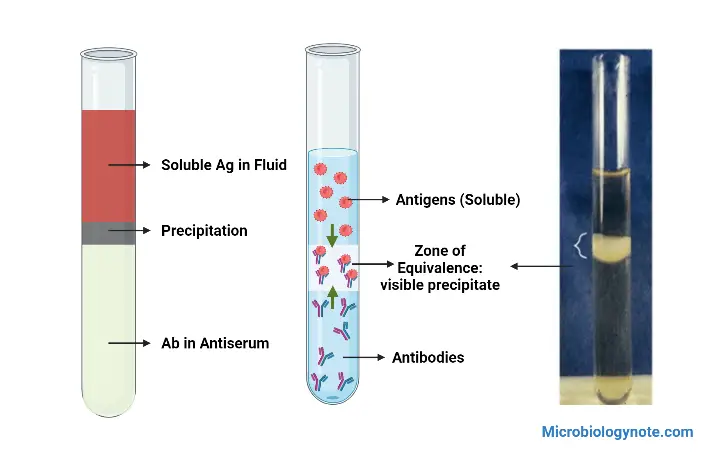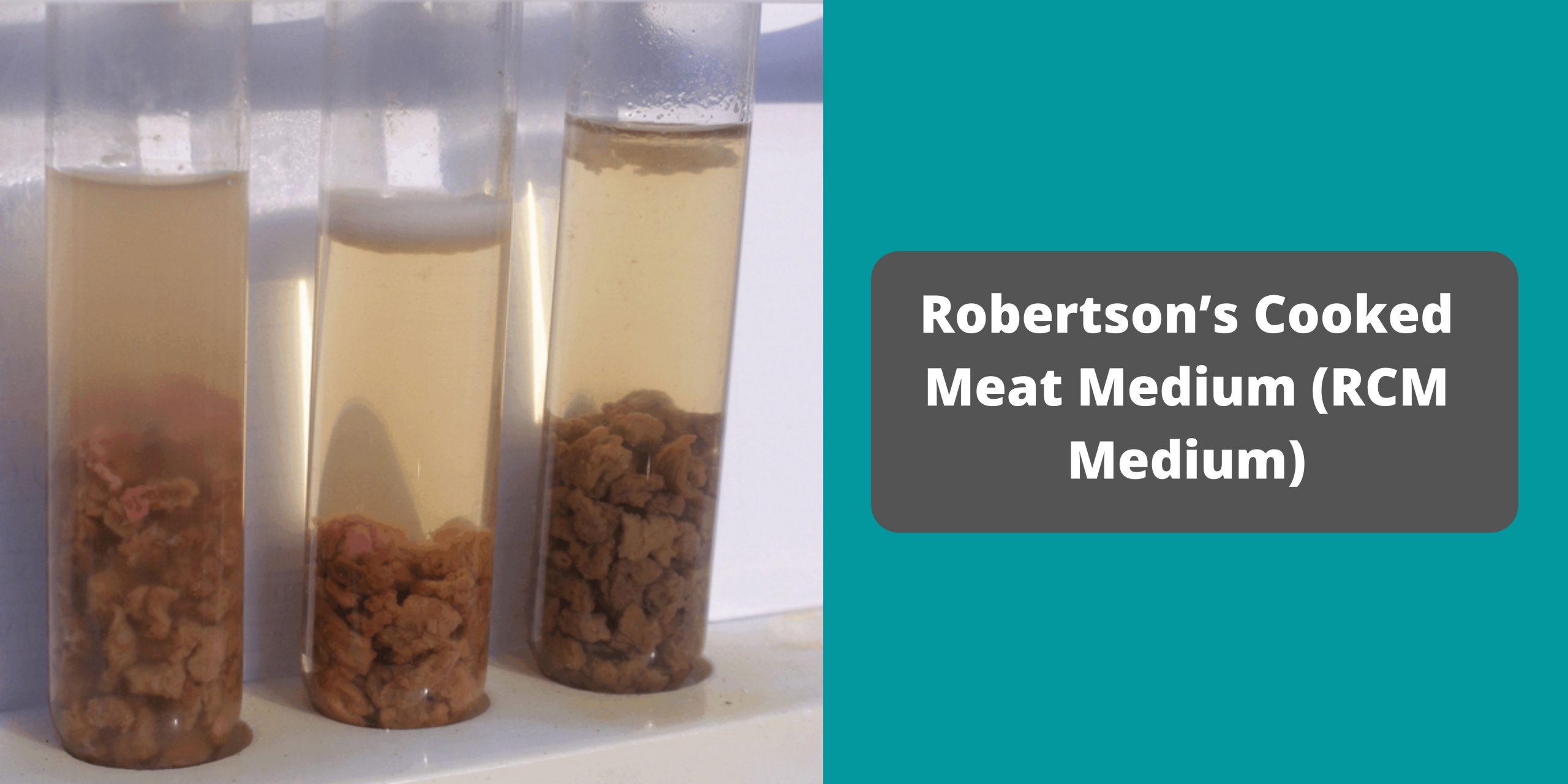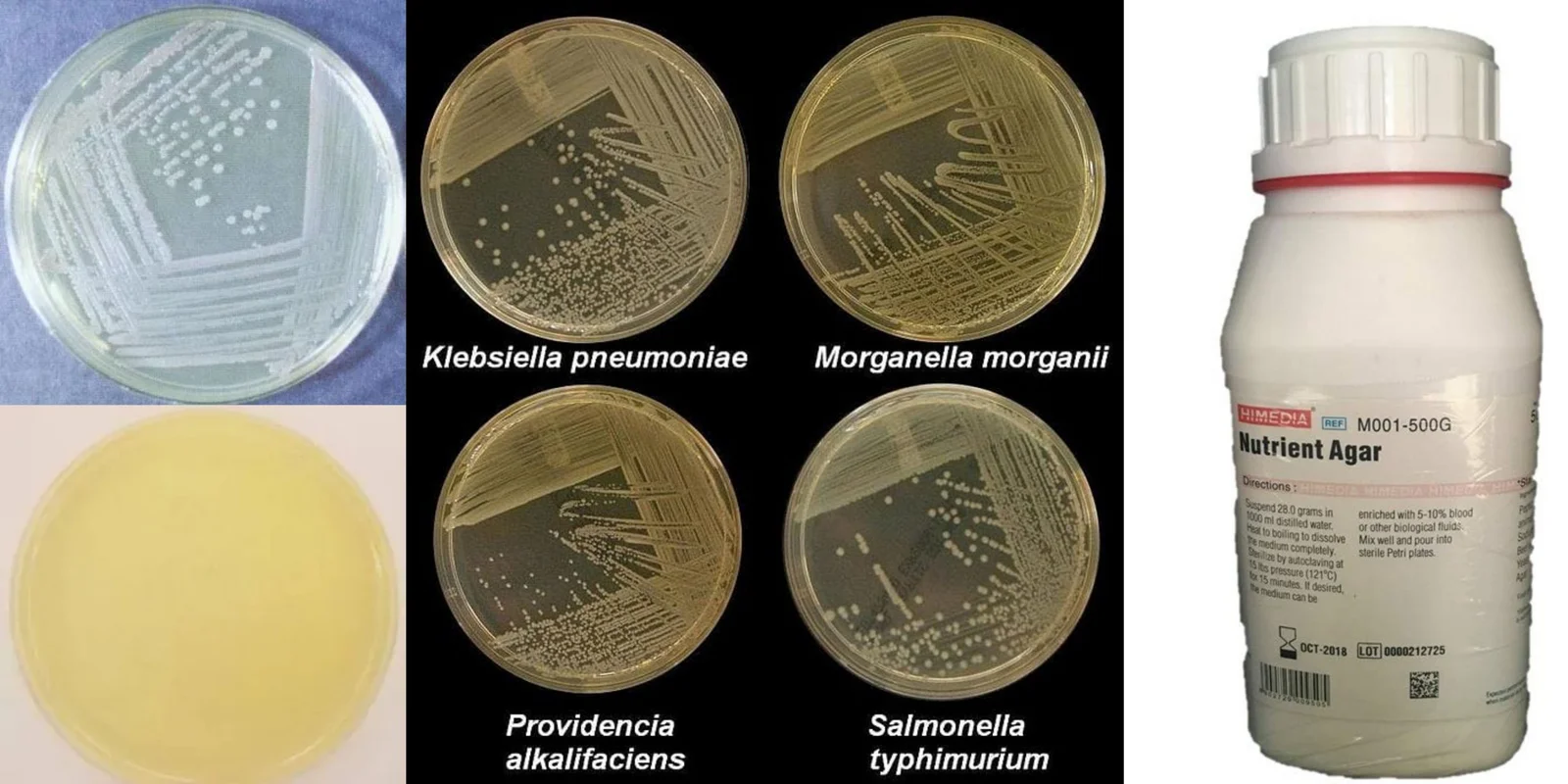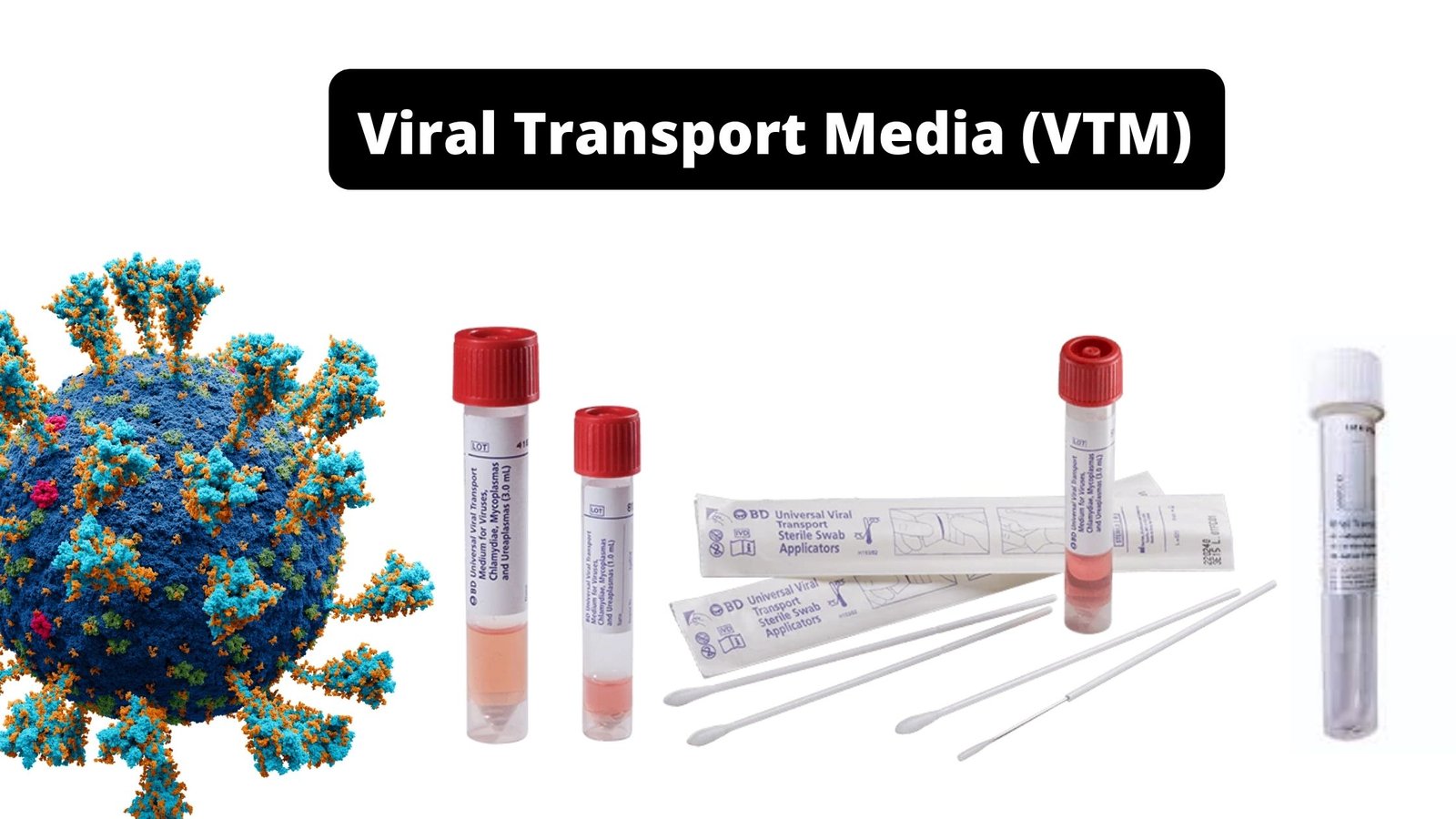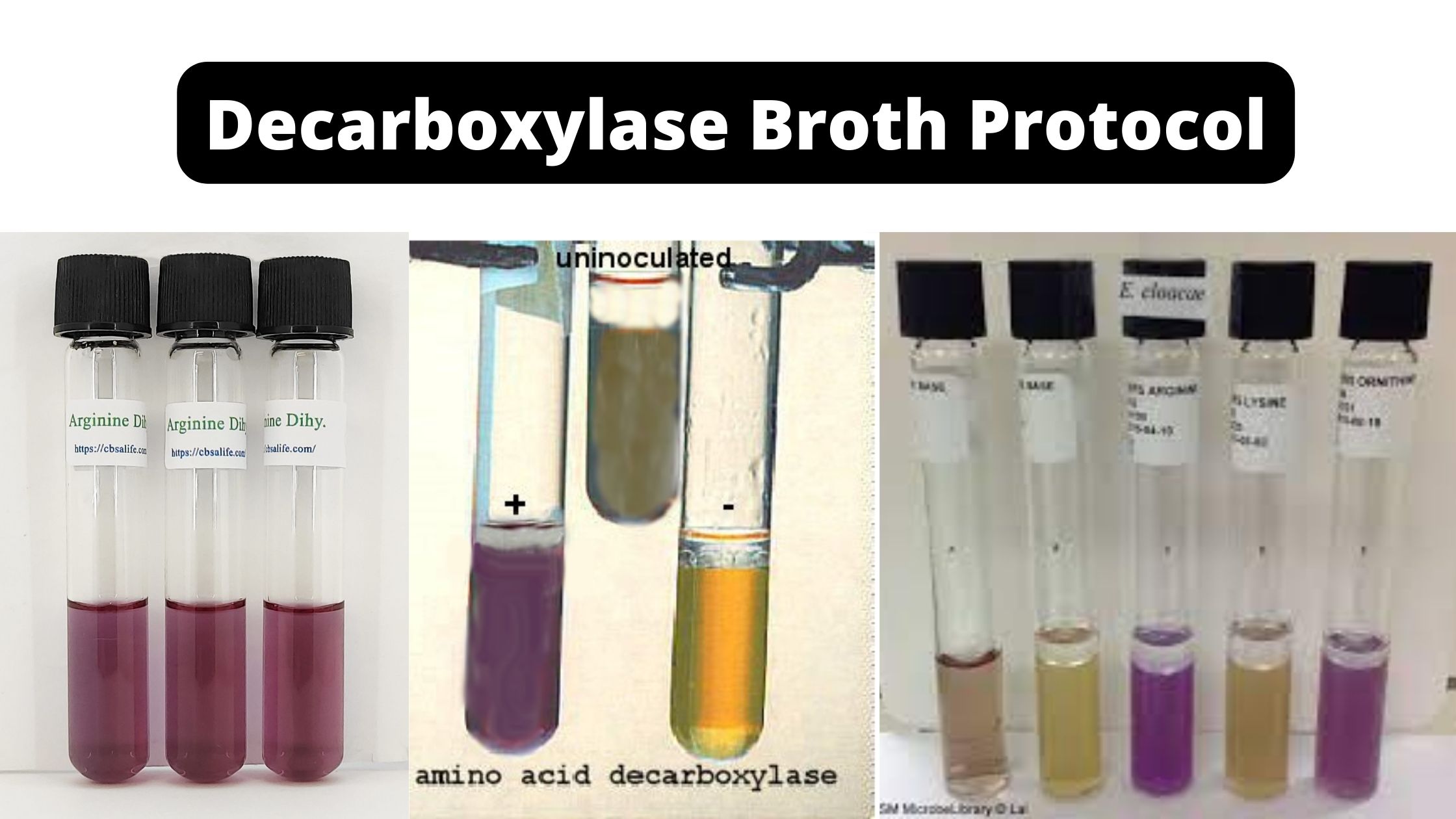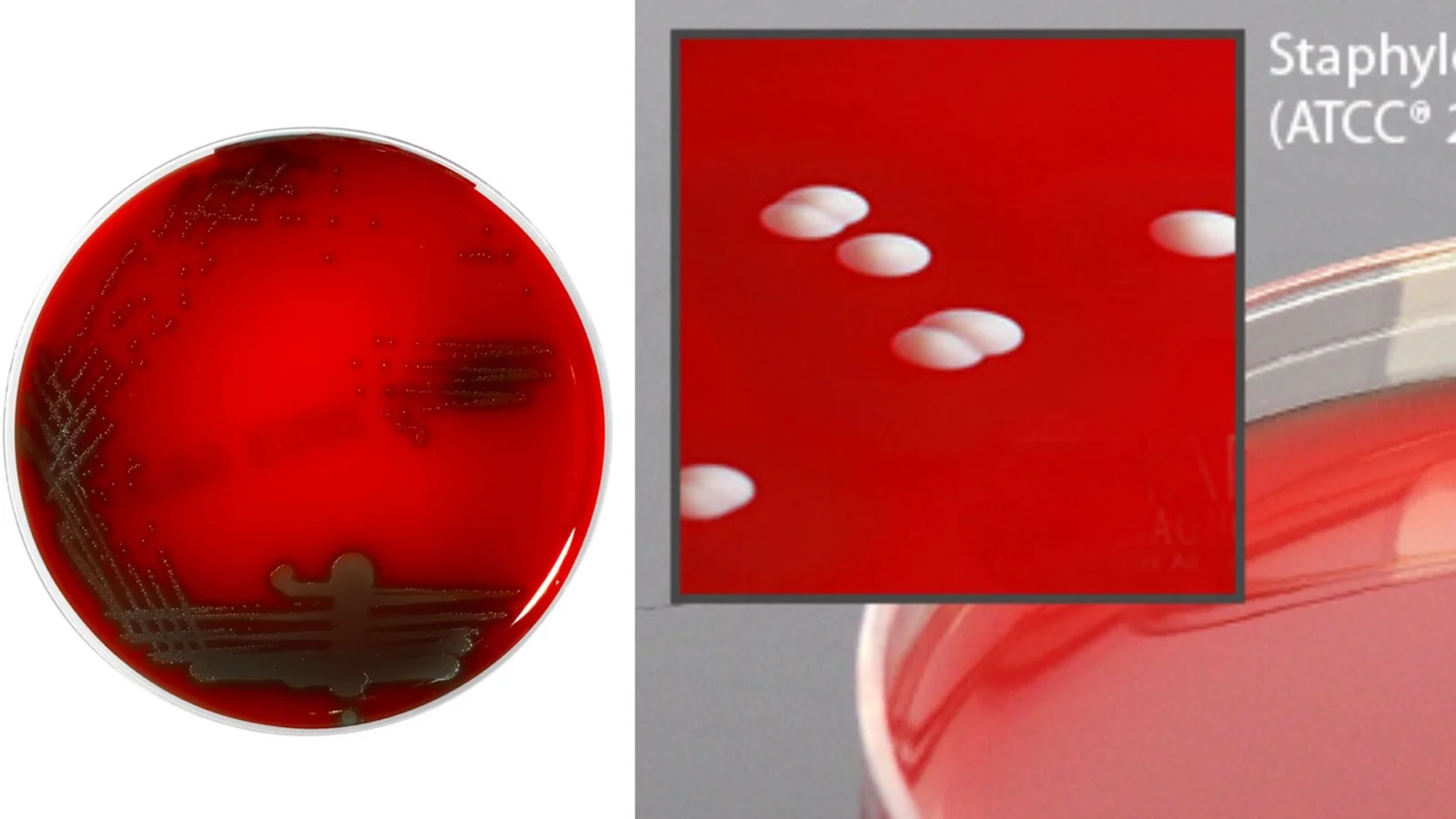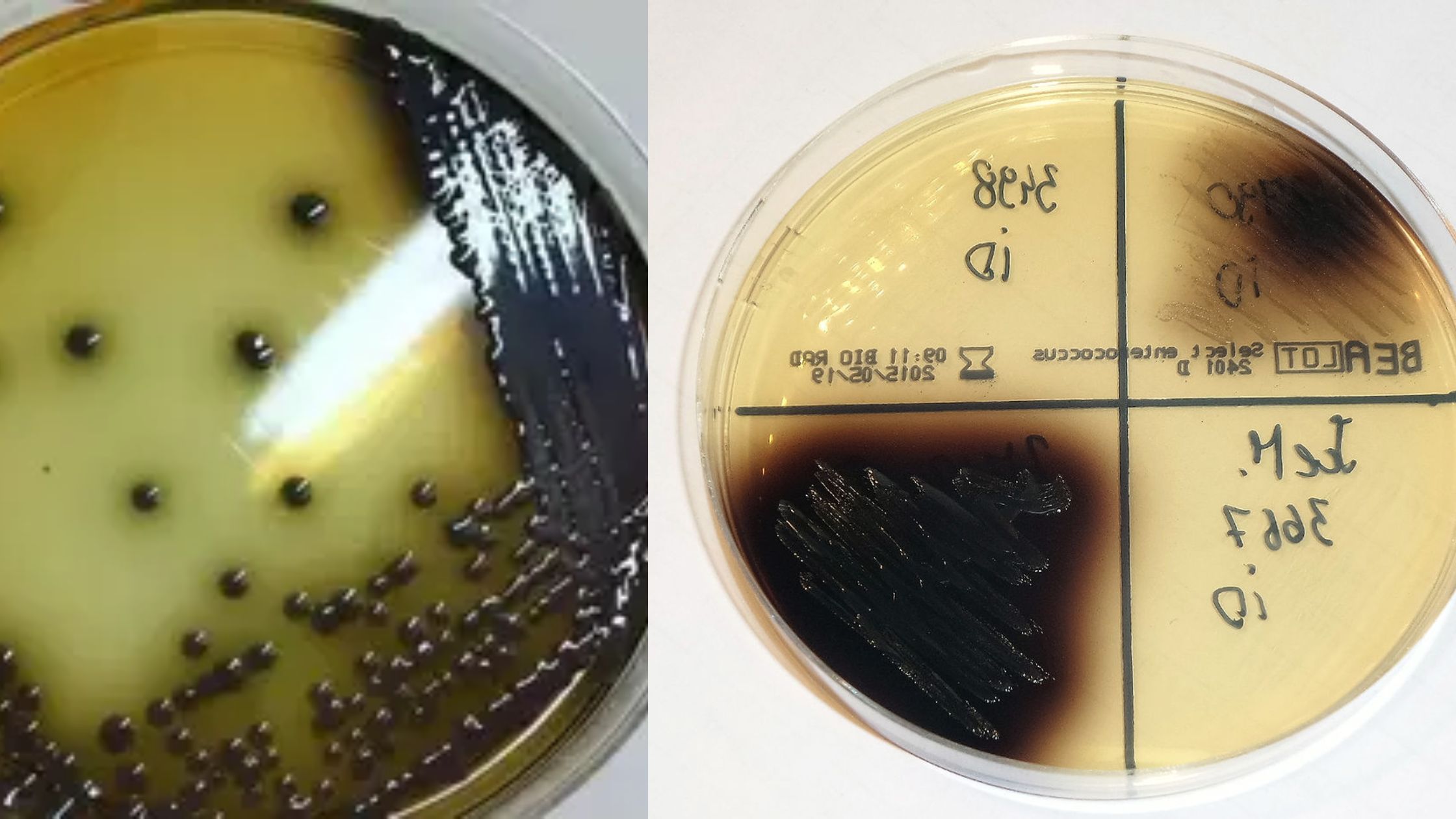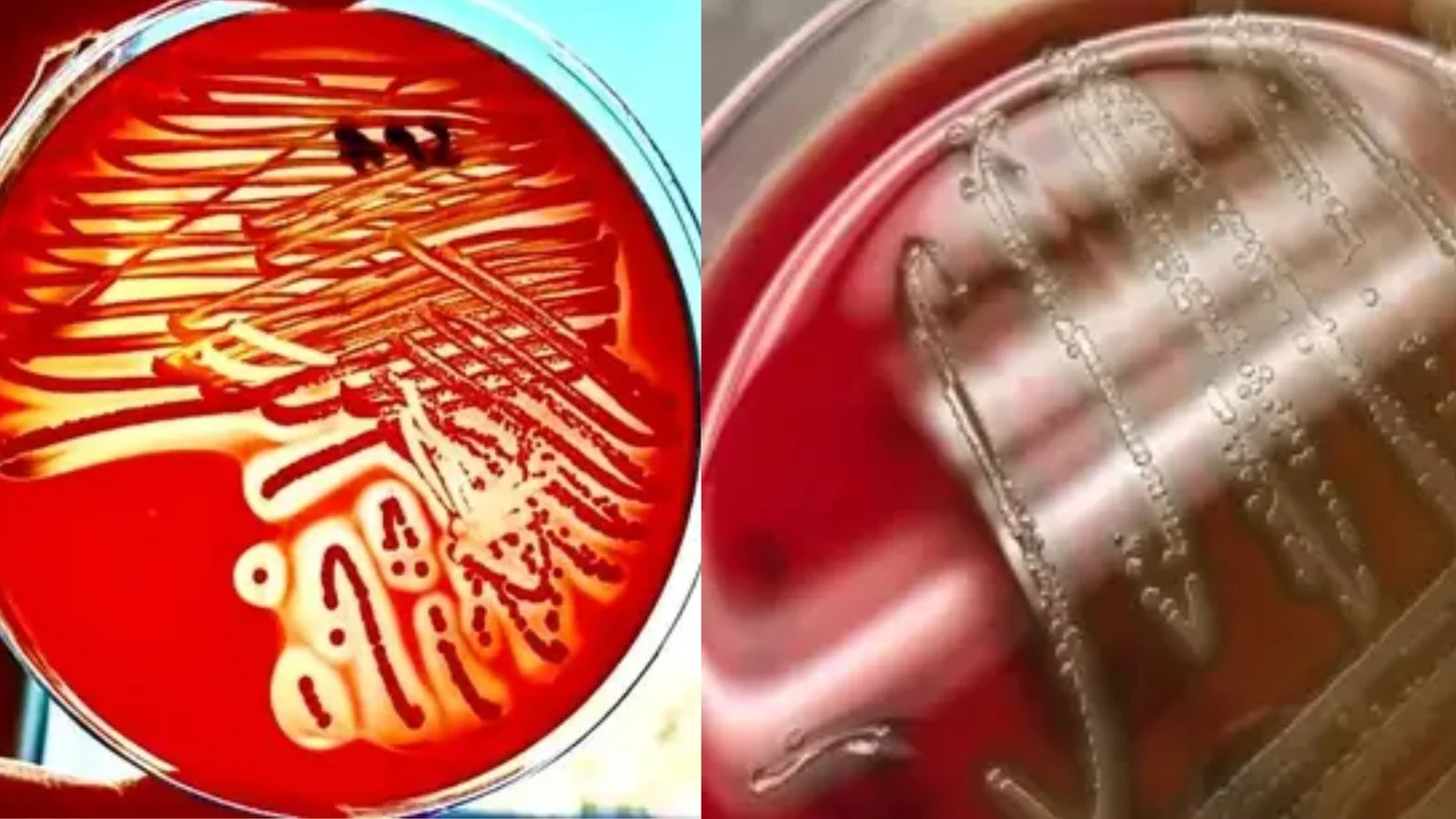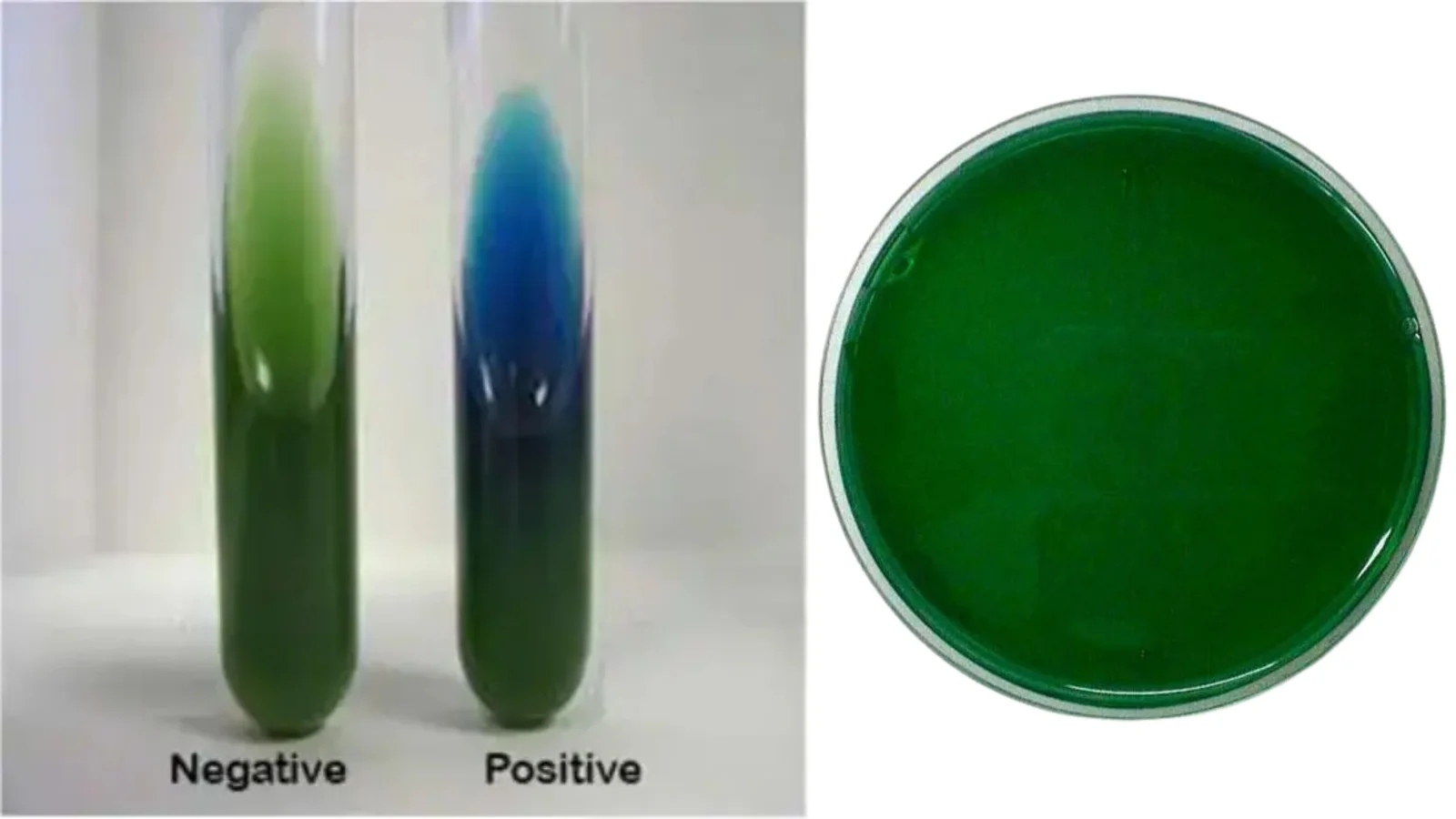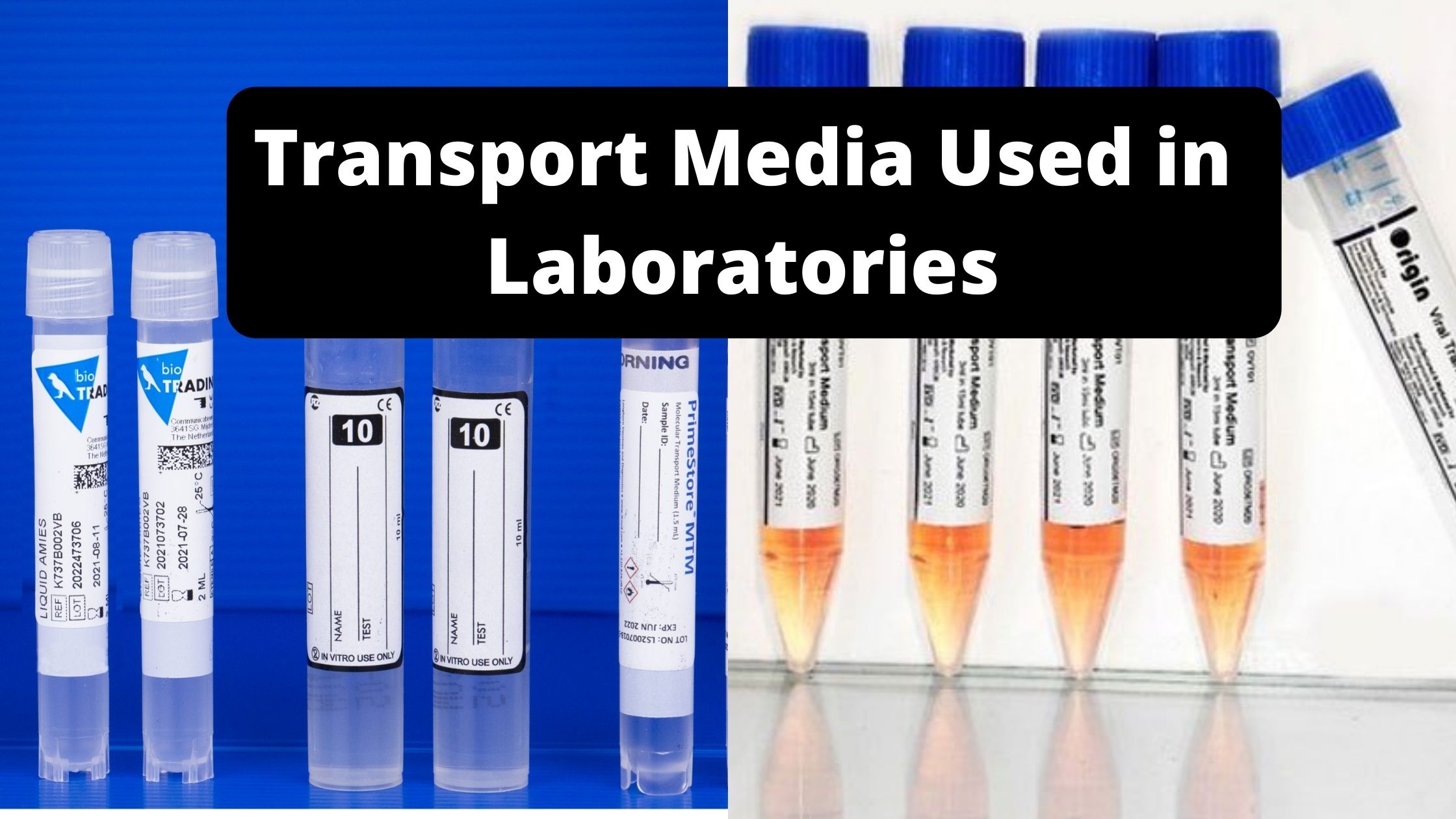Ring Precipitation Test – Principle, Procedure, Result
To determine the presence or absence of antigens or antibodies in a patient, many tests have been developed that use the interaction of antibodies and antigens. These tests require specificity and sensitivity. Specificity refers to the property of only binding to one antigen. Sensitivity means that the antibody can recognize and bind the antigen.
